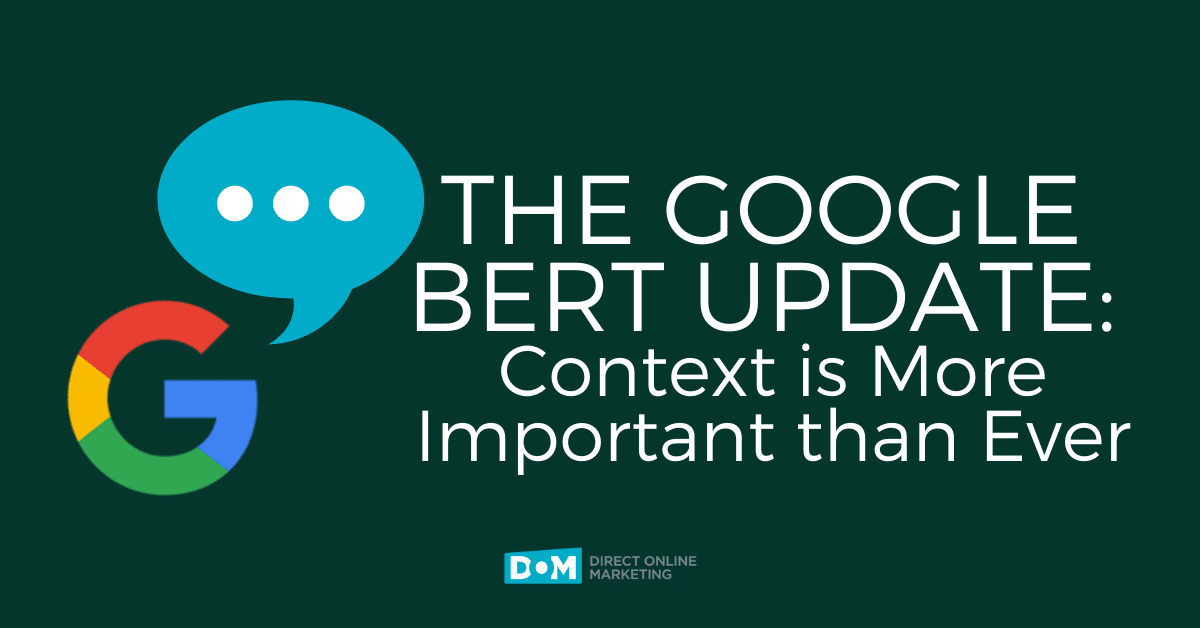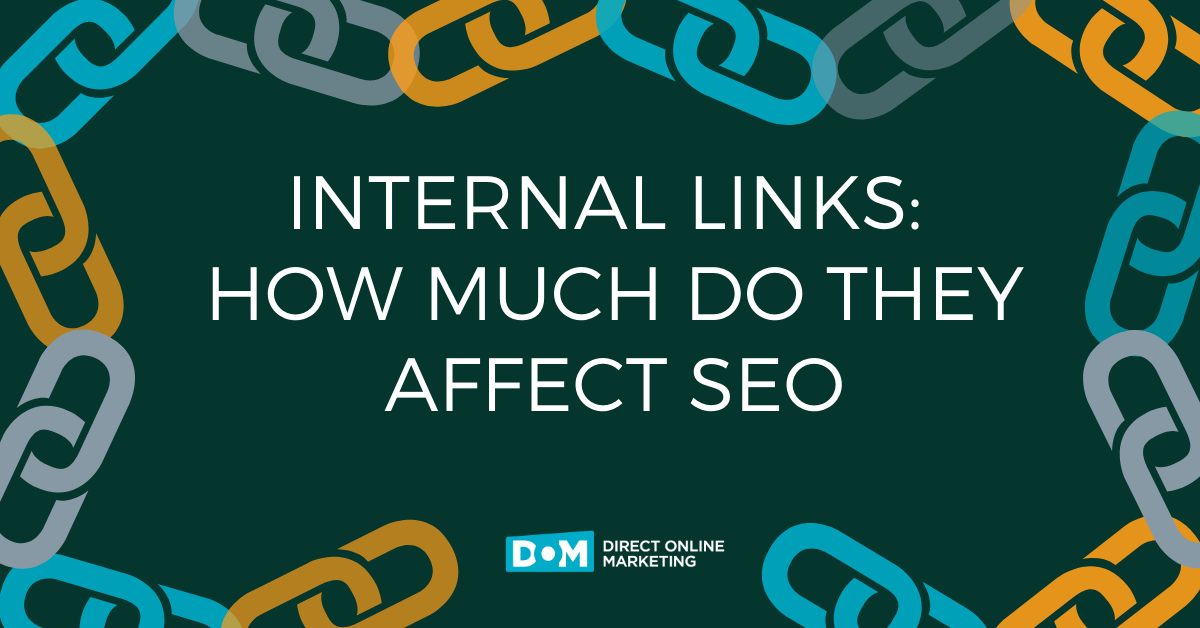
Google’s BERT update is now officially rolling out, according to Google’s Pandu Nayak, and it’s one of the biggest updates we’ve seen since the 2018 Medic Update. Google BERT is set to impact approximately 10% of all search queries (6,300 searches per second). Whether you run an online magazine, a B2B brand or an e-commerce store, chances are you’re going to be impacted by BERT, which means it’s essential for you to understand what the update really is, and how you can best respond.
What is Google BERT?
BERT stands for Bidirectional Encoder Representations from Transformers and acts as Google’s AI center for natural language processing. Like RankBrain, BERT utilizes machine learning to better understand queries from a contextual standpoint. However, BERT takes Google’s natural understanding of language to the next level.
Google can already understand synonyms, misspellings and common phrases. Now, with BERT, Google is able to understand language nuances and idiosyncrasies in order to return even more relevant search results. BERT builds on RankBrain and the two work together to create a powerful AI capable of understanding language and context at near-human levels.
How BERT Will Impact the SERPs
Google’s announcement indicated that BERT will be applied on a query-by-query basis, affecting one in ten search queries on average. This still represents a massive number of results, which means businesses should be prepared to see significant shifts in rankings over the coming weeks.
BERT will impact both organic results and featured snippets, altering current rankings to better fit with contextual relevance and user intent. Google was kind enough to present us with a few examples of how users will see the change. In the sample below, BERT is able to understand how the word “to” interacts with the other keywords in the query, and presents information specifically on coming to America, rather than information on travel in either direction.
What does this mean? For searchers, it means less scrolling, bouncing, and follow up searches before they find the content they really want.
For businesses producing content, it means pieces with a highly targeted angle on a topic have a great chance to come up in the Search Engine Results Page (SERPs) for the most relevant keywords, especially for long-tail keyword phrases.
Google BERT and International SEO
BERT also brings Google’s understanding of language across language barriers. With BERT, the search engine is able to take its discoveries about the context in one language and apply them to other languages– for example, taking what it’s learned about prepositions in English, and applying that to conjugations in Italian or French.
We asked Adam Roth, our Director of Growth & Analysis, for his input on this development. “This is important because it will enable Google to better comprehend the semantics of long-tail searches.”
Roth, who studied machine learning and natural language processing for 5+ years as a research assistant for Carnegie Mellon and Pitt, has worked on advanced analytics projects for organizations like the U.S. Department of Veterans Affairs prior to joining the team at DOM.
“Previously, this information was separated due to the language barrier and inconsistencies in entity – entity identity across databases. In essence: this update will make Google much smarter,” he added.
While Google has, in the past, been hampered by a lack of algorithmic understanding of international languages, BERT will help close the language divide, ensuring the best results for searchers across the world.
What You Can Do
For website owners and editors, BERT is the line in the sand between the old way of doing SEO, focusing only on keywords, and more natural, big-picture SEO techniques that put an emphasis on linguistic nuance and content quality.
“From an on-page SEO and keyword optimization perspective, we’ve seen great results for clients in visibility and traffic growth when we apply conversational phrases like ‘near me’ to location-based pages or ‘what is’ to blog posts and articles,” said Jonathan Bentz, one of our Senior Digital Marketing Strategists.
“Previous to the BERT update, we would have put less emphasis on prepositions and small language nuances. While we will use these phrases strategically, reducing their emphasis won’t be a best practice for us moving forward.”
While Google (as usual) states that there’s nothing you can do to “win” after this update, what we’re seeing is huge growth for clients who use prepositions, conversational phrases and cultural vernacular.
When looking at your website’s Titles, Meta Descriptions, Image Alternative Texts, and page copy, now is the time to take into account how your keyphrases interact with one another. Consider the intent behind the content of each page: the questions you answer, the information you serve, and the interactive abilities of each URL. Then, imagine the user intent behind your target keywords, and take time to look at the impact of each word in the keyphrase, to better understand the intent behind the query string as a whole.
Remember, as Google becomes more adept at understanding language, the user experience becomes more about conversation than simple question-and-answer.
The end result? Despite, or perhaps because of AI, the future of search is more human than ever.
To get more information on this topic, contact us today for a free consultation or learn more about our status as a Google Premier Partner before you reach out.



